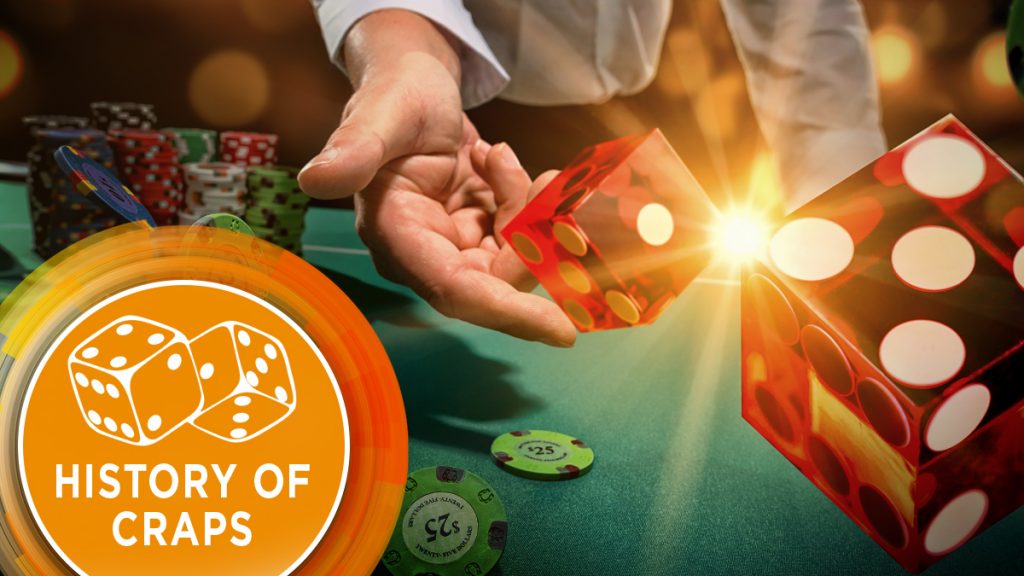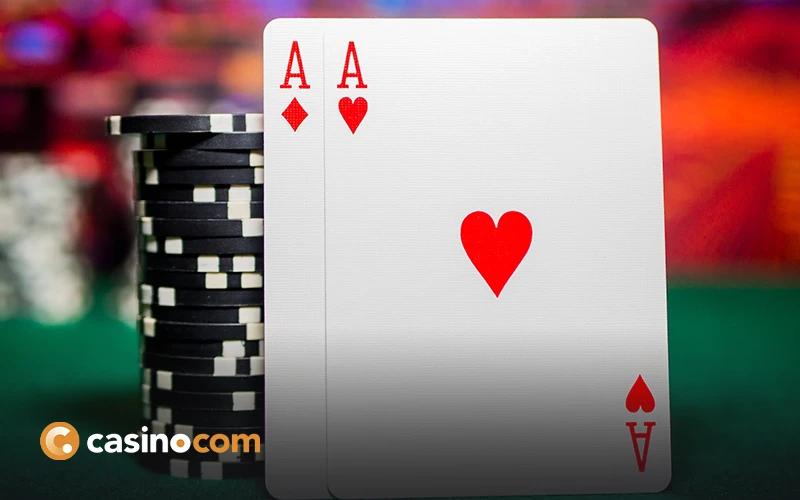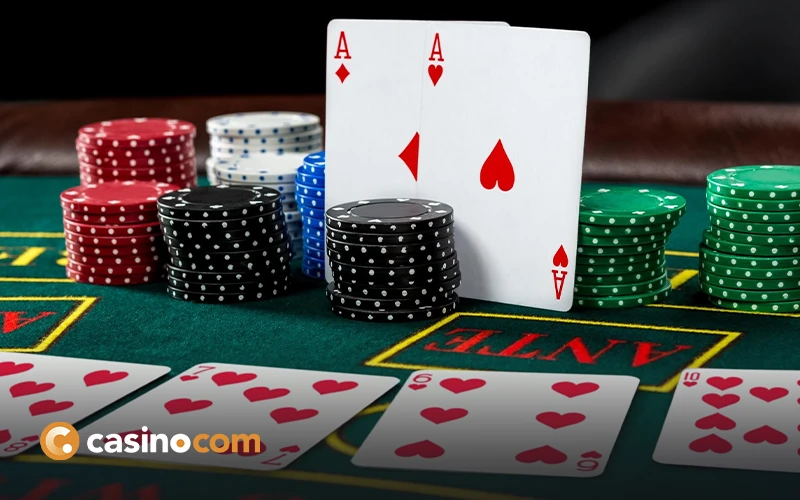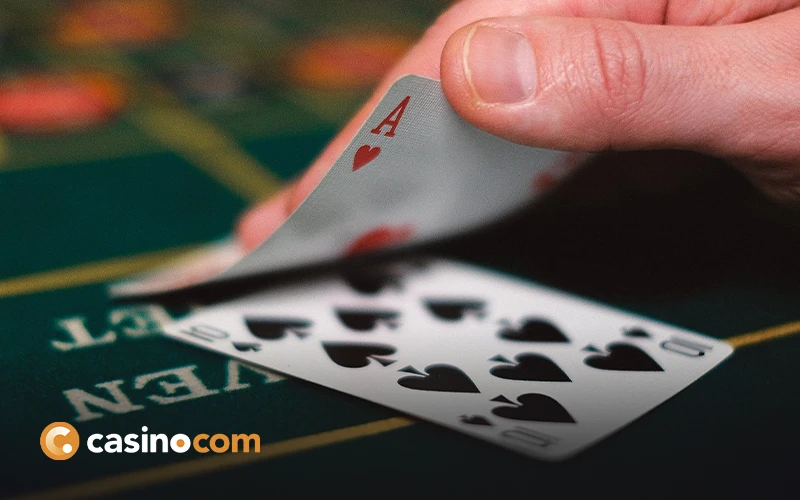
Love it or hate it, Craps is one of the most iconic games you will find in any casino. Loud, brash, and exciting: if there is a Craps game in play, everyone knows about it. When the shooter is on a roll, dodging that seven, the excitement mounts and the bets keep paying.
Few people will have forgotten the classic scene, in Martin Scorcese’s Casino, when Robert De Niro’s Sam Rothstein first sets eyes on Sharon Stone’s hustling Ginger McKenna. She’s working the craps table, driving the crowd wild, and throwing chips everywhere. Without Craps, the scene just would not have worked
Just add Ginger…
To the uninitiated, Craps can be a little bewildering. At its heart, it’s simply a game of dice. Hit the right numbers and you stack up the chips. Roll ‘em wrong and you crap out. Craps is also one of the very few casino games where the player gets physically hands on with the game. Everyone gets a chance to be a shooter.
Where did it all begin? People have been playing dice for centuries in all manner of games and techniques. Over the years, the game of craps gradually evolved. Popular mainly in the US, we’re rolling the dice to discover the origins of this casino classic.
The Early Days of Dice
Dice are the oldest gaming devices known to man. According to the ancient Greek writer Sophocles, the game of dice was invented during the siege of Troy in around 1250 BC. In fact, they are even older than that. The oldest known dice were found at an archaeological site in Iran dating from almost 3000 BC.
Go to Wikipedia and you will see nearly 40 different dice games listed. From board games to betting games, dice are the random number generator that determines the winners and losers. The roots of Craps probably lie in an English dice game called Hazard. This ancient game is mentioned in the Canterbury Tales by Chaucer, dating it – at least – as far back as the 14th century.
Like Craps, Hazard has a fairly complicated set of rules. Similarities between hazard and Craps include having one shooter at a time, the idea of betting against the house, certain dice rolls open and close betting, and the shooter plays until he or she loses. Hazard is actually more complicated than Craps and you can find the rules here.
Craps Rolls Into America
Craps rolled its way into the United States at the start of the 19th century, thanks to Louisiana landowner Bernard Marigny. The game was popular with deckhands and farm workers, perceived as too common for the upper classes. The game became known as craps: a mispronunciation of the word ‘crabs’ which was the slang for a roll of 2 and 3 – the only permanent losing numbers in this early version of the game.
Crooked dice made early versions of the game treacherous. To get around the problem, the new Craps layout featured both ‘pass’ and ‘don’t pass’ betting. This meant the casino would have to pay, however the dice rolled.
Shooting Soldiers
It was during the second world that craps made its mark on the gambling world. Soldiers loved the game and often played it using a blanket as the shooting surface. Nostalgia for the war years and military memories resulted in Craps becoming one of the most popular games in post-war Las Vegas.
Soldiers playing craps in World War 2
Today, Craps is still a favourite both in Las Vegas and online. It’s not as popular as Roulette and its complicated rules deter a lot of people from playing. The game also needs a handful of croupiers to operate. In a short-staffed casino, you might need to persuade the pit boss to open the table.
Bond may prefer Baccarat, Poker is more popular, Blackjack and Roulette are both easier to understand, and Roulette. Despite this: Craps is where the party starts. As Shia Labeouf says: “You can prepare all you want but if you never roll the dice, you’ll never be successful.





